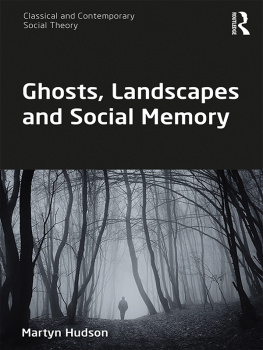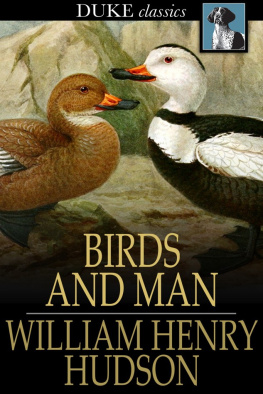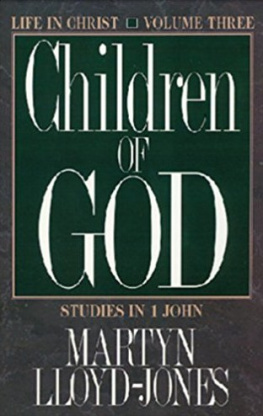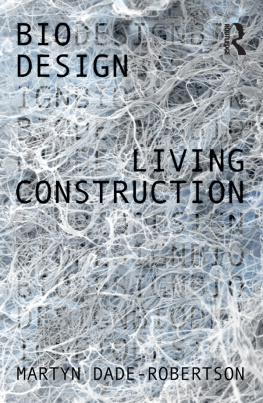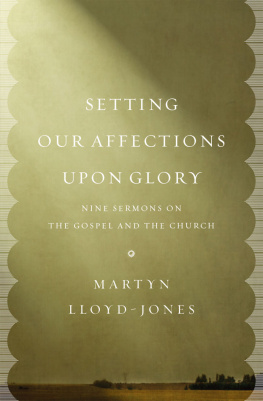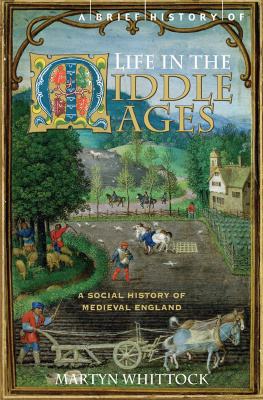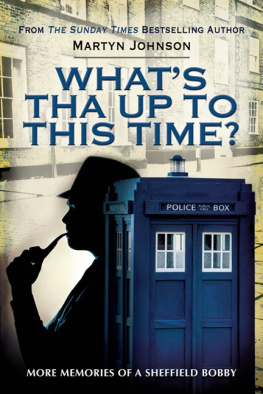
Species and Machines
This book offers a re-examination of the relationship between humans and nature with a new methodology: by examining our entanglement with machines. Using central ideas of critical theory, it uncovers the suppression of nature through technology, tools and engines. It focuses on the ways in which human social forms have actively subjugated and destroyed other species in order to enhance their own social power and accumulation, leading to a new Anthropocene epoch in which human intervention is signalled in the geological record.
Beginning with an account of the interactions between humans and other species, the book moves on to explore the hidden history of Marx and his obsession with machines, as well as new attempts to rethink a Marxist ecology, before proceeding to examine the manner in which technologies were used to suppress and destroy one particular species the whale of what we call the Cetacean holocaust. Following this, there are analyses of the emergence of the human encampments of the cities and the rise of mobile, locomotive cultures, and consideration of the relationship between machines of memory, and the capturing of nature.
A radical rethinking of classical social theory that develops new ways of thinking about ecological catastrophe and nature, this book will appeal to scholars of social theory and environmental sociology.
Martyn Hudson is an associate researcher in the School of Arts and Cultures at Newcastle University, and author of The Slave Ship, Memory and the Origins of Modernity, and Ghosts, Landscapes and Social Memory.
Species and Machines
The Human Subjugation of Nature
Martyn Hudson
First published 2018
by Routledge
2 Park Square, Milton Park, Abingdon, Oxon, OX14 4RN
and by Routledge
711 Third Avenue, New York, NY 10017
Routledge is an imprint of the Taylor & Francis Group, an informa business
2018 Martyn Hudson
The right of Martyn Hudson to be identified as author of this work has been asserted by him in accordance with sections 77 and 78 of the Copyright, Designs and Patents Act 1988.
All rights reserved. No part of this book may be reprinted or reproduced or utilised in any form or by any electronic, mechanical, or other means, now known or hereafter invented, including photocopying and recording, or in any information storage or retrieval system, without permission in writing from the publishers.
Trademark notice: Product or corporate names may be trademarks or registered trademarks, and are used only for identification and explanation without intent to infringe.
British Library Cataloguing in Publication Data
A catalogue record for this book is available from the British Library
Library of Congress Cataloging in Publication Data
Names: Hudson, Martyn, author.
Title: Species and machines : the human subjugation of nature / Martyn Hudson.
Description: Abingdon, Oxon ; New York, NY: Routledge, 2018. | Includes bibliographical references and index.
Identifiers: LCCN 2017014270 | ISBN 9781138087972 (hbk) | ISBN 9781315110165 (ebk)
Subjects: LCSH: Technology-Social aspects. | Technology and civilization.
Classification: LCC T14.5 .H8335 2018 | DDC 304.2/8-dc23
LC record available at https://lccn.loc.gov/2017014270
ISBN: 978-1-138-08797-2 (hbk)
ISBN: 978-1-315-11016-5 (ebk)
In some ways this book is an extended commentary on themes first outlined by Theodor Adorno and Max Horkheimer in Dialectic of Enlightenment as a response to the civilisational crisis initiated by European fascism and dictatorship. Their thesis was fundamentally concerned with the human domination of nature accelerated by the Enlightenment project. In recent years the project of critical theory has been sustained by the Heathwood Institute, a project which has now reached its end. I would like to thank R.C. Smith and Heathwood for acting as the laboratory for the ideas in this book. The critique of the Enlightenment project from within itself is still of urgent importance in the face of new waves of endarkenment and of what Victor Serge once called midnight in the century (see Weissman 2001).
First, I would like to thank Neil Jordan and Shannon Kneis for their huge support with this and previous projects. I would like to thank my colleagues and friends who have contributed to ideas about history and prehistory, literally on the ground: Emily Hesse, Ben Reche, Michal Yankowski, Gavin Parry, Michele Allen, Mike Woolley, Dan Seale, Nick Brereton, Mick Garratt, Keith Wilson, Bob Howe, Alistair Bowden, Savita Sathe, Ian Hodgson, Dave Allison, Bill Pennell and the entirety of our Helly group. I owe a debt of thanks to Culture Lab and other colleagues at Newcastle University and specifically to John Bowers, Ben Jones, Jane Dudman, Alexia Mellor, Eric Cross, James Davoll, Frances Rowe, Ben Freeth, Gabi Arrigoni, Tom Schofield, Rob Airey and Eric Cross. Many of the ideas in this book have their origin in conversations with Julie Crawshaw and her work on art and design history and ethnography. During the period of writing I have been involved with a project called Landscape Archaeology of the Great Depression in the North-East of England based at Durham University and I would like to thank David Petts, Gwilym Williams and Quentin Lewis for their ideas, conversations and materials. Quentins work on the landscape archaeology of the United States led to important conversations at a decisive moment.
My other project during this period was that based at the Newbridge Project, Newcastle. I would like to thank David Butler, Jessie Joe Jacobs, Charli Gregory, Rebecca Huggan, Paul Richter, Ed Wainwright, Julia Heslop, Sarah Tulloch, Taryn Edmonds and the Newbridge members for their ideas and including the Newcastle Institute for Creative Arts Practice. The temporary human encampment of Newbridge provided respite from the solitude of researching in northern latitudes. I would also like to thank Sacha Ismail, Richard Gold, David Hirsh, Eric Lee, Martin Thomas, Ed Whitby, Richard Greeman, John Berger, Jean Mohr, Cathy Nugent, Marcus Rediker, Gwendolyn Midlo Hall, Suzi Weissman, James Bloodworth, Pete Cookson, Alan Johnson and others in the social struggle over history and its future course. I would also like to thank Peter Linebaugh and Jason Hribal for their dual understanding of thanatocratic regimes wielded over humans and animals. It strikes me that Jasons work on humananimal proletarian solidarities marks an important moment in critical animal studies. The section on the theatrical performance of flensing in Chapter 3 was suggested by being part of a performance by Chris Goode and his collaborators at Redrawing the Maps, a conference on John Berger in 2012. Thank you to Chris and to Dougald Hine. I would like to thank the staff and volunteers at Chethams Library, Manchester who helped me explore the alcove, looking on to the slums that so galvanised Engels, where Marx and Engels would sit and talk and develop the foundational ideas of historical materialism. I would also like to thank Whitby Literary and Philosophical Society and Whitby Museum, Pannett Park for shaping my understanding of the Scoresbys and of the whaling industry.
On Holocaust studies and memorialisation, I would like to note the work of my dear friends Yael Reicher and Emmanuel Tzwern and some of the stories they have shared with me about their families and the Les Mazures camp in the Ardennes. One element of the work presented here is due to a dialogue with Theodora Polenta.




